Vidal blanc is a hybrid grape variety used in wine production. Vidal blanc was created in the 30s of the last century by French grape breeder Jean Louis Vidal, who crossed Ugni blanc and Rayon d'Or. Initially the variety was characteristic in France only but gradually gained popularity in the US and Canada. The variety is also known as Vidal and Vidal 256.
The vines of this variety are characterized by swift growth. The leaves of Vidal blanc are round, colored in a saturated green, with triangular serrations. The grape cluster is large and dense, cone shaped. The grapes are small, round, yellow or green colored. The flesh is juicy and pleasant tasting.
It is covered by a thick skin which is plenty hard to prevent it from cracking when temperatures drop. The fruits of Vidal blanc possess a high sugar content. The acidity levels are also satisfactory. The grapes yield notable white, dry sparkling and dessert wines. A positive characteristic of Vidal blanc is that it is resistant to cold weather. In addition, the variety is relatively resistant to fungal diseases.
Characteristics of Vidal Blanc
The grape elixirs made from Vidal blanc are of supreme quality, dry, sparkling and dessert wines. They are distinguishable by clarity and a yellow-green color. Their flavor is especially notable, providing a fruity tinge of flowers and citruses such as pineapple and grapefruit. Experts in the field say that the wines of this grape variety remind of wines made from Riesling. Vidal blanc wines are mostly famous for being made into so-called ice wines in Canada - more specifically in Ontario.
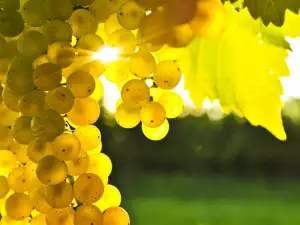
Vidal Blanc Ice Wine
Ice wine is an exotic alcoholic drink, prepared from the juice of grape clusters that have frozen during the winter. It is only made from several varieties of grapes that are resistant to freezing and snow, Vidal blanc being among them. Production of it occurs only in areas where winter sets in early. The harvest of the required varieties takes place in the middle of winter. The actual picking is only done by hand, very carefully, with the temperature needing to be between 10°F (-10°C) and 10°F (-15°C).
Ice wine can also be made from Riesling, Cabernet Franc, Cabernet Sauvignon. All of these varieties are marked by high acidity levels. The ice wine drinks made from Vidal blanc possess a medium or full body. Nuances of honey can also be felt. In this type of wine, the alcohol levels vary between 7 and 12%. And usually, the wines made in Canada have a higher alcoholic content than those made in Germany.
Once the grapes are picked, they are mashed as soon as possible. Interestingly, only a drop of concentrated liquid comes from each grape. Once this process is complete, the juice is left to ferment in wooden barrels. It needs to spend several months in them. There exist several standards which original ice wine needs to meet. In Canada it must meet the standards of the Vintners Quality Alliance.
The requirement there is for the grapes to be picked while frozen on the vines and to then be mashed. The vine harvest date is also of significance, the earliest this process can begin is November 15th. The sugar and alcohol levels are strictly monitored. All in all, the production of ice wine is a difficult process and because of the fact is done mostly in Canada, Germany and Austria. As you may guess, the difficult process of producing this drink is also responsible for its high cost.
Serving Vidal Blanc
Before you present Vidal blanc on the table, you need to cool the wine. The temperature needs to be about 50°F (9°C). After cooling it, you can serve it in specialized glasses which will reveal its most prominent characteristics.
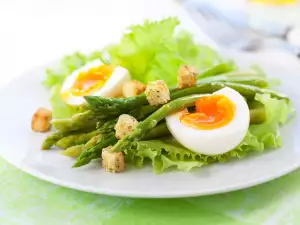
You can use a tulip style white wine glass. You can recognize it by its upper rim that can barely be seen curving outward. Drinking from this type of glass allows one to taste the fresh wine's sweetness. Thanks to the elongated glass, the flavors are retained longer and we can therefore enjoy them for a longer period of time.
Vidal blanc stands out with its fine balance of sugar and acidity. This allows for wines made from this grape variety to go perfectly with various food products and dishes. Fish and seafood dishes are an excellent complement to this white wine. You can prepare a hake with cream, shark steaks with vegetables or oven grilled pike.
Other seafood recommendations include crabs with corn and pickles, Mexican shrimp skewers and breaded mussels. If you are among those who love meatless dishes, you can also pair the wine with a fresh salad. Try it with Caprese salad with zucchini and tomatoes, green salad with eggs and olives, green and blue cheese salad, celery and corn salad and also green bean salad with coriander.
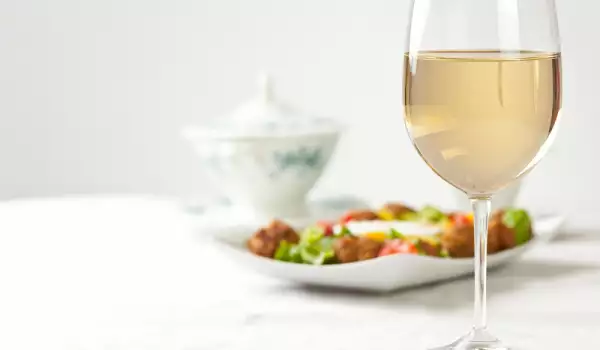
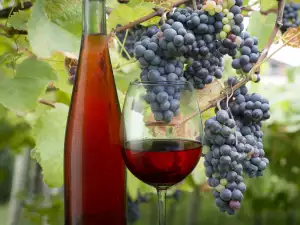
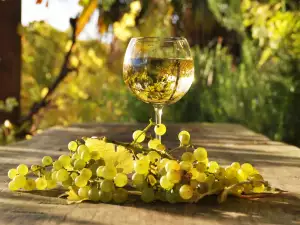
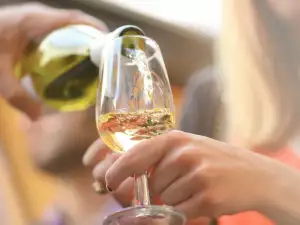
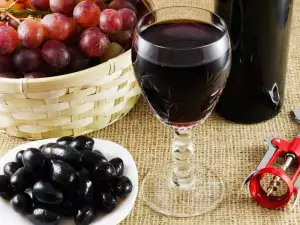
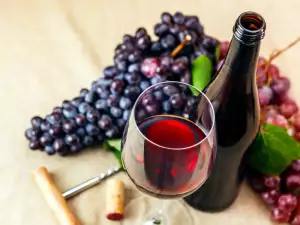
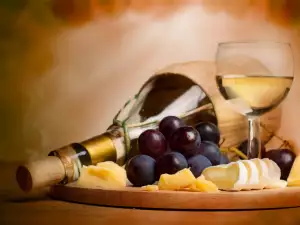
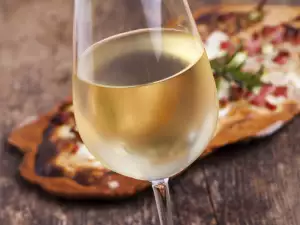
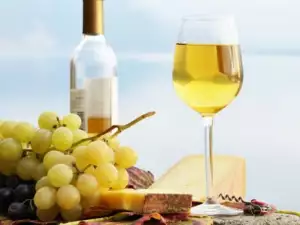
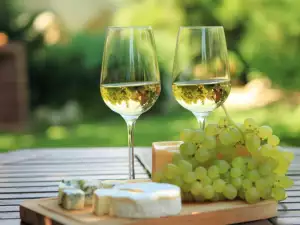
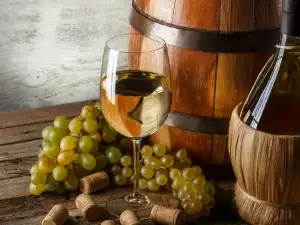
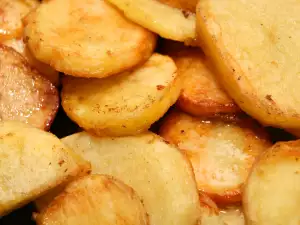
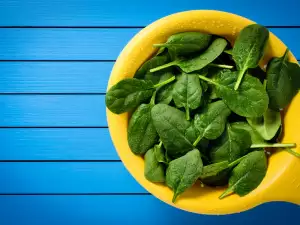
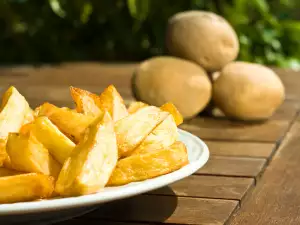



Comments